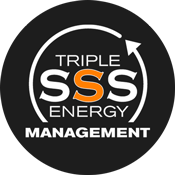U.S. shale was among the biggest victims of the demand destruction caused by the coronavirus pandemic. But the sector has already proved resilient once, and now this resiliency is coming to the fore again. Earlier this month, JP Morgan said it expected U.S. shale output to start growing in the second half of the year, thanks to higher prices. The Energy Information Administration’s latest Drilling Productivity Report also pointed towards a recovery in production — but a selective one. The EIA forecast an overall decline in U.S. shale output for next month with one exception: the Permian.
Another sign that activity in the shale patch was recovering came from the latest Dallas Fed Energy Survey, which found that companies active in the shale patch are willing to spend again and production is climbing steadily. The U.S. total is still about 2 million bpd lower than the record pre-pandemic levels of 13 million bpd. Still, there has been a stable climb, not least thanks to higher shale output.
The latest in the positive signs comes from the biggest producers in the Permian: Exxon and Chevron. Both companies are taking the cautious approach, with no immediate plans to increase spending on production growth. Yet they do plan to increase spending at some point, and this point could be as near as next year.
“Although prices are up and underlying fundamentals are strengthening and recovering, we’re not out of the woods yet,” Chevron’s chief financial officer Pierre Breber said at the company’s investor day as quoted by Reuters. “So this year we’re going to stick with our budget.”

